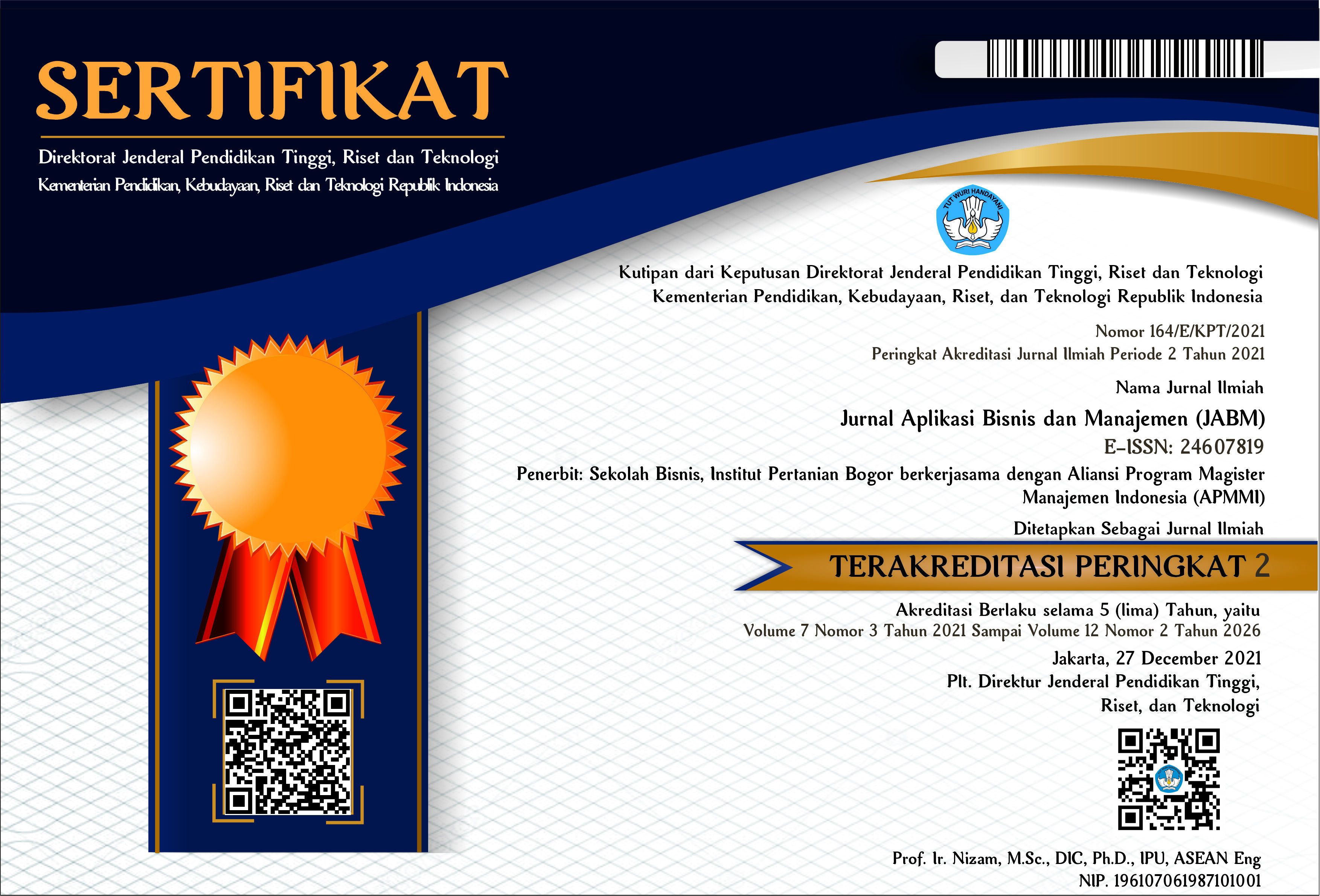Factors Influencing The Use of QRIS in Digital Transactions
DOI:
https://doi.org/10.17358/jabm.10.3.858Abstract
Background: QRIS as a payment method through QR codes has emerged as one of the products initiated by the implementation of the Indonesian Payment System Blueprint (SPI).
Purpose: The purpose of QRIS is to expand the efficient acceptance of non-cash payments, focusing on traditional mass economic functions (such as traditional markets and MSMEs).
Design/methodology/approach: The analysis in this research utilized Partial Least Square Equation Modeling (PLS-SEM).
Findings/Result: The results indicate that habit and hedonic motivation variables have a significant positive influence on behavioral intention, while usage barriers have a significant negative impact on behavioral intention. Furthermore, habit and facilitating conditions variables have a significant positive impact on use behavior.
Conclusion: The findings highlight that the decision to use QRIS is largely habitual, influenced by prior experiences and quick decision-making (Hedonic Motivation) at the point of transaction. The decision-making process is no longer lengthy, as QR-based payment systems were already familiar before QRIS implementation in Indonesia.
Originality/value (State of the art): The approach of simultaneously measuring acceptance factors and barriers is still rarely employed in technology adoption studies. Evaluating both factors concurrently can provide a more comprehensive assessment of the technology adoption process.
Keywords: UTAUT 2, IRT, digital transaction, QRIS, technology acceptance






